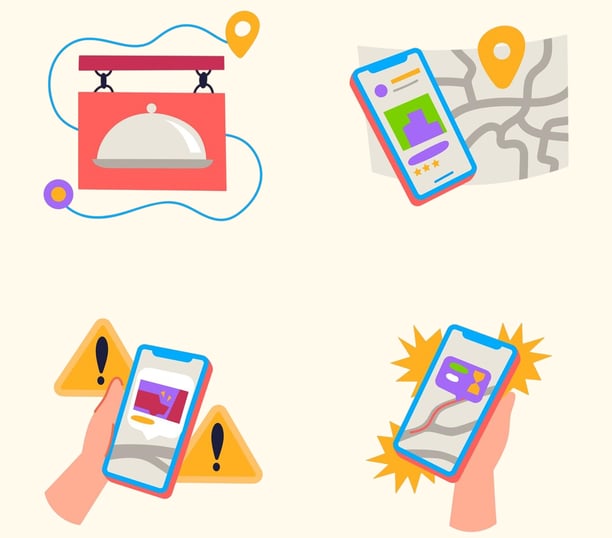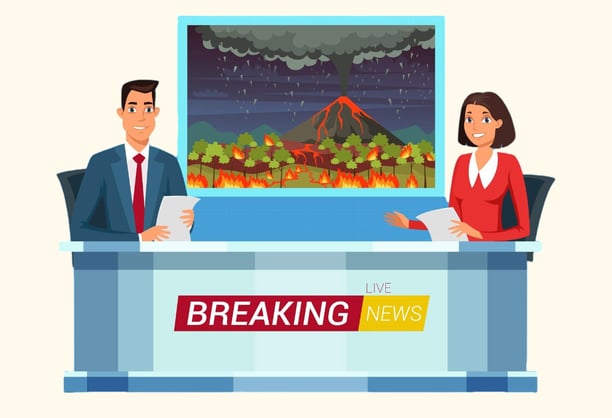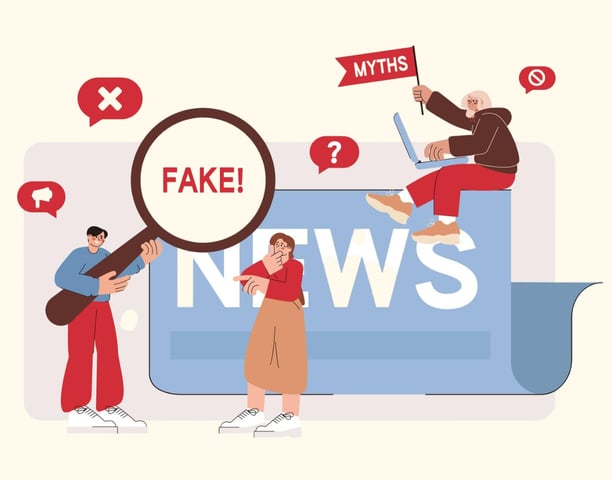Local Alerts
Local alerts are targeted notifications and updates provided by government agencies, local authorities, or community organizations to inform people about emergencies or critical developments in their immediate vicinity. These alerts are vital for staying safe and taking appropriate action during crises.
STAY INFORMED
12/26/20243 min read
Local Alerts
Download apps or listen to government channels for evacuation or curfew notices. Local alerts are targeted notifications and updates provided by government agencies, local authorities, or community organizations to inform people about emergencies or critical developments in their immediate vicinity.
These alerts are vital for staying safe and taking appropriate action during crises.


1. Importance of Local Alerts
A. Timely Warnings
Local alerts provide immediate information about dangers like severe weather, active conflict zones, chemical spills, or public health emergencies.
Early warnings allow you to act swiftly, such as evacuating, seeking shelter, or avoiding certain areas.
B. Specific to Your Area
Unlike national news, local alerts focus on events and hazards directly affecting your neighbourhood or community.
C. Enhances Preparedness
Alerts often include actionable advice, such as road closures, shelter locations, or safety instructions.
D. Prevents Panic
Clear and authoritative updates help counter misinformation and reduce fear by providing accurate guidance.
2. Types of Local Alerts
A. Weather Alerts
Severe storms, floods, hurricanes, heatwaves, or tornadoes.
Example: NOAA Weather Radio updates or local meteorological office announcements.
B. Evacuation Orders
Directed evacuations due to natural disasters, fires, or conflict.
C. Public Safety Notifications
Reports of violence, accidents, hazardous material spills, or missing persons.
D. Resource Distribution
Locations and schedules for aid, such as food, water, medical supplies, or shelters.
E. Health Alerts
Information about outbreaks, vaccination drives, or health advisories.
3. How to Receive Local Alerts
A. Mobile Alerts
Text Messages: Many local governments use SMS alerts for emergencies.
Apps: Download apps like FEMA, Red Cross, or specific regional alert systems.
B. Emergency Radios
A reliable source for AM/FM and NOAA weather alerts. Useful during power or internet outages.
C. Social Media
Follow verified accounts of local authorities, such as police departments, fire departments, and municipal offices.
D. Local News
Television or radio stations provide up-to-date local coverage during crises.
E. Community Networks
Neighbourhood groups, community centres, and local leaders often share updates through word of mouth or message boards.
4. Setting Up Local Alerts
A. Register for Alerts
Many regions have opt-in services for residents to receive alerts. Examples include:
Nixle Alerts (US): Text and email notifications from law enforcement or municipal services.
Flood Warning Systems: Alerts for areas prone to flooding.
B. Enable Notifications
Activate location-based alerts on smartphones for apps like Google Alerts or Apple Emergency Notifications.
C. Join Community Groups
Sign up for local WhatsApp or Facebook groups where verified updates are shared.
D. Install Necessary Equipment
Have a battery-powered or hand-crank radio tuned to local emergency frequencies.
5. What to Do When Receiving Local Alerts
A. Verify Authenticity
Check if the alert is from a trusted source before taking action. Avoid reacting to unverified social media posts.
B. Take Immediate Action
Follow the instructions provided in the alert without delay, such as evacuating or securing your home.
C. Inform Others
Share the alert with family, friends, or neighbours, especially those who might not have access to the same information.
D. Monitor for Updates
Situations evolve quickly; keep monitoring for changes or follow-up instructions.
6. Challenges with Local Alerts
A. Misinformation
Rumours or false alerts can circulate alongside official messages.
Solution: Always confirm with multiple reliable sources.
B. Accessibility Issues
Not everyone has access to mobile phones, radios, or the internet.
Solution: Check on vulnerable neighbours and share updates personally.
C. Alert Overload
Receiving too many alerts can cause confusion or fatigue.
Solution: Prioritize alerts from official sources and critical updates.
7. Benefits of Local Alerts
A. Improved Safety
Quick updates minimize exposure to danger and provide clear guidance.
B. Community Awareness
Keeps everyone in the area informed and working together for mutual safety.
C. Efficient Resource Management
Alerts often guide people to available resources, avoiding unnecessary crowding or shortages.
Local alerts are an indispensable tool for staying informed and safe during crises. By registering for services, using reliable tools, and acting on alerts promptly, you can protect yourself, your family, and your community in times of need.






